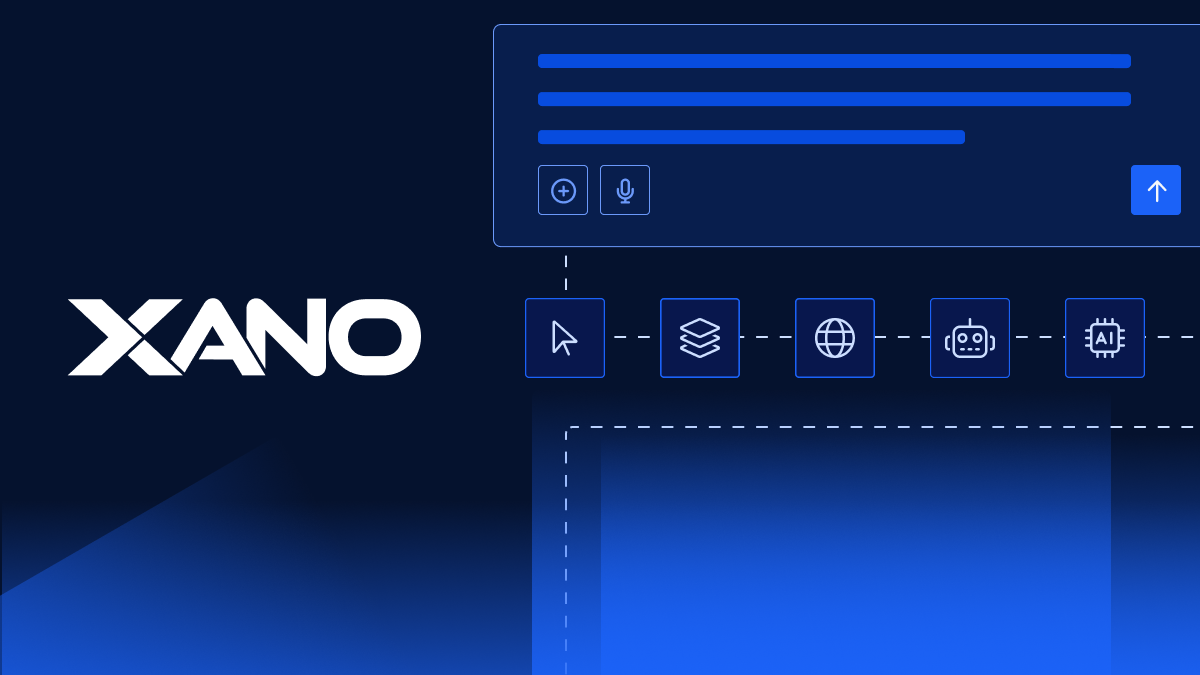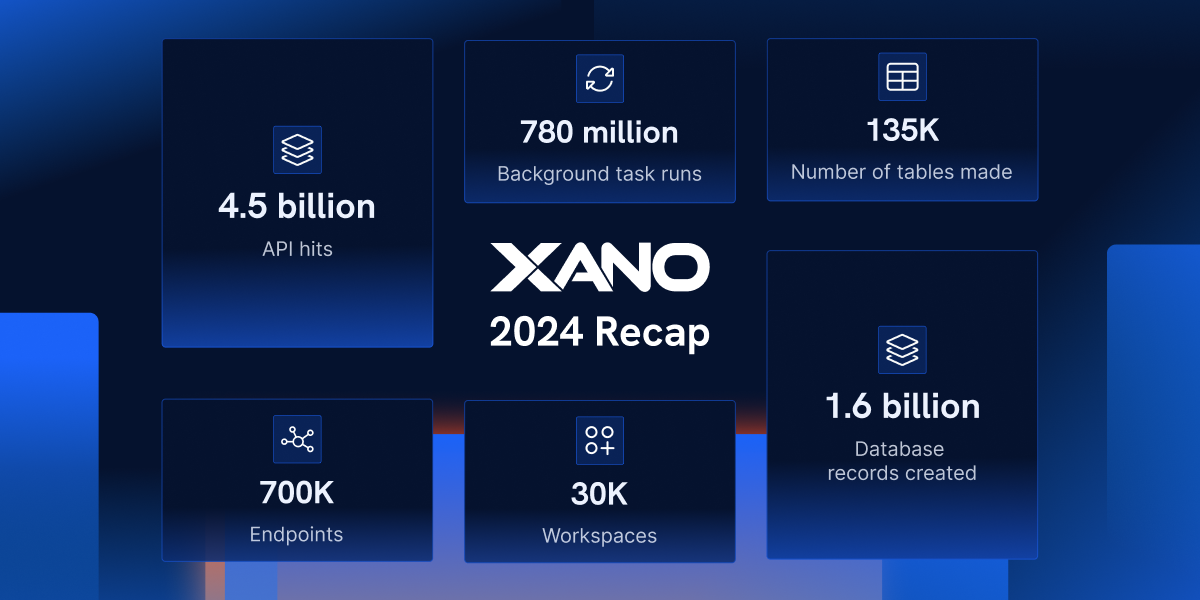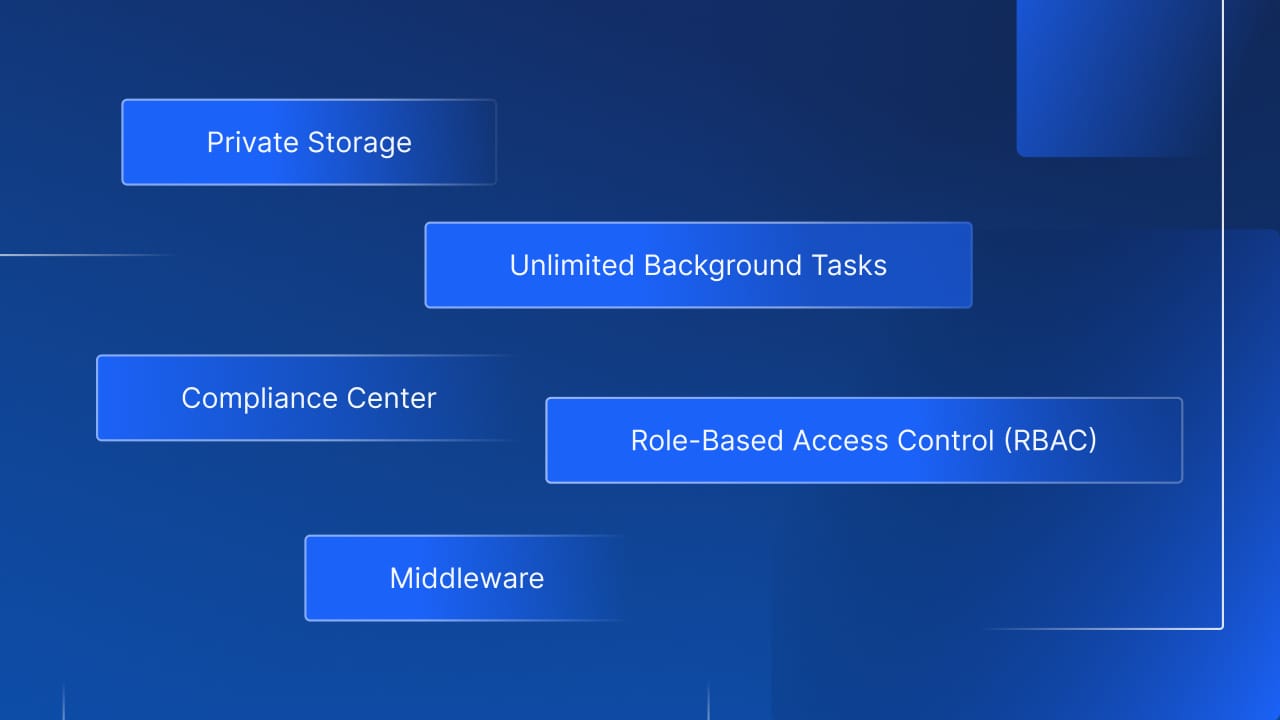Pros And Cons Of Microservice Architecture Explained
By Xano | August 4, 2021

Microservice architecture is one of the newest buzzwords in software architecture, and the concept can be quite complicated to succinctly explain. In short, “microservice architecture” refers to a small collection of self-contained services that communicate through APIs to solve complex business problems. Each service is responsible for a different task, and can be used independently, but they come together to form a suite of services.
This definition probably sounds a bit confusing at first glance. This is a convoluted concept, but an important one to understand in the tech industry going forward as microservice architecture becomes more and more commonplace.
Below, we will break down what microservice architecture entails and go over its pros and cons.
What Are Microservices?
Microservices are small, independent services written and maintained by a single small team of developers. Each service is its own separate codebase.
Microservices can be deployed, maintained, and developed independently, meaning your team can update one service without it affecting the entire application. Each service persists its own data and external state and services communicate with one another through APIs.
Microservices are related to what is called polyglot programming – the practice of writing codes in multiple languages to add a function that is unavailable in a single programming language. This means microservices all have their own independent technology stack, library, and framework.
Important Terminology
When familiarizing yourself with microservices, there are two important terms worth knowing: management/orchestration and API Gateway.
Management/orchestration entails various acts such as placing services on nodes and identifying failures within an application. An API gateway is an entrypoint for clients. Clients call the API gateway instead of calling the services directly. In turn, the gateway will forward that call to the relevant backend services.
Microservice Architecture: The Pros
Microservices can be built by smaller teams, which makes it easier to scale up as needed, and can also make the entire development process smoother. As services can be deployed independently of one another, you can easily isolate and fix bugs and errors and can update and rollback small features without needing to redeploy the entire operation. With a traditional application, single bug fixes cannot usually be addressed independently, meaning addressing a single error slows down the entire release process and potentially holds up new features.
Microservice architecture can also lead to better applications as a whole as your team does not have to choose a single tech stack. You can pick the stack best suited for individual functions of the application, allowing you to mix and match things like databases and programming languages rather than trying the one-size-fits-all approach.
Schema updates are much easier with microservice architecture. In a monolithic application, different parts of the application all touch the same data, meaning altering the schema can adversely affect the entire application. Microservice architecture allows for data isolation, making schema updates simpler and less risky.
Microservice Architecture: The Cons
Microservice architecture is inherently more complex than traditional applications. There may be a tough learning curve for your team. Before adopting microservice architecture, you need to evaluate your current team to ensure they have the necessary skill set.
Good management is also important with microservice architecture and a mature DevOps culture is critical for success. Maintaining an application with multiple languages and frameworks can get complex fast. Higher-ups may struggle to strike a balance between maintaining project-wide standards for clarity and giving individual teams' adequate flexibility and creativity.
Development and testing may initially be challenging. Your team will be writing small services that rely on other dependent services, vastly different from writing a monolithic application. Your existing tools may not be equipped to work with service dependencies, and testing dependencies is challenging in a quickly-evolving application.
Your team needs to design APIs that are equipped to handle more interservice communication, so API development itself can eat up a lot of time when adjusting to microservice architecture.
The Bottom Line
Microservices architecture shows promise as a means to streamline operations and simplify scaling. However, learning to use microservice architecture can be challenging, and you may need to invest time in additional training for your team, including those in managerial positions. We recommend starting small, with only one or two services, and adding more as you gain more experience.
Looking for solutions for your company? Xano is the fastest No Code Backend development platform on the market. We give you a scalable server, a flexible database, and a No code API builder that can transform, filter, and integrate with data from anywhere. Sign up here to get started.
The post Pros And Cons Of Microservice Architecture Explained appeared first on Xano.

















